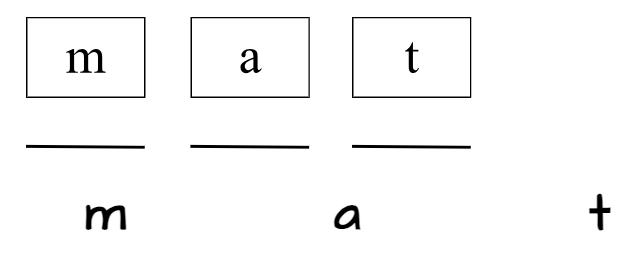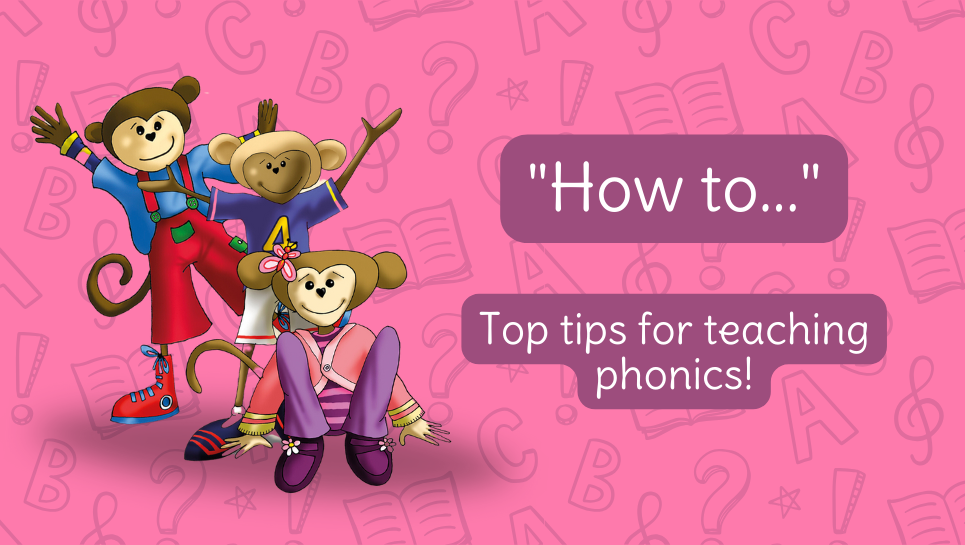In our ‘how to…’ series we are going to delve into all things phonics instruction and give you our expert advice on developing confident readers.
***
First, what is segmenting? Segmenting is the ability to separate sounds in words. The smallest sounds are called phonemes. We use segmenting when we sound out a new word, e.g. /k/ /a/ /t/ → “cat”. We say the sounds separately and then we push them together to make a word.
We also use segmenting when we spell. When spelling the word “cat”, we need to segment the word into the sounds /k/ /a/ /t/ and then spell those sounds with letters.
Many programmes introduce segmenting as an oral activity. For example, pupils listen to the sounds in words and then count them or place counters to represent the sounds. While these activities may develop segmenting, they are not the most effective way to learn this skill. It is important to recognise that when we speak, we don’t say all the sounds precisely. Many sounds get gobbled up, or clipped, and others change depending on where they are in the word. Research has shown that teaching segmenting is more effective when introduced with letters. Oral segmenting is only a stepping stone that has no benefit on its own.
How to teach segmenting with letters
The most effective way of teaching segmenting is through a word-building activity. The teacher asks the pupil to build a word. This entails listening to the sounds in the word, placing the letters into the correct sequence, then sounding out the word and reading it. This should also be combined with writing the word as this links reading and spelling.
Step 1: Lines scaffold the word
Draw the number of lines on a whiteboard that correspond to the number of sounds in the word. In this example, draw three lines for the word “mat”.
Place the cards needed to build the word jumbled up above the lines.

Step 2: Build the word
Tell the pupil that you are going to build the word “mat”. Point to the first line and ask the pupil to listen to the first sound as you say the word slowly. Move your finger along the lines in sync with the sounds in the word.
When the pupil says /m/, ask them to bring down the letter for /m/ onto the first line.

Repeat for the remaining sounds in the word.
Step 3: Sound out and blend into the word
Now that the pupil has built the word, ask them to sound out the word and blend the sounds together into a word: /m/ /a/ /t/ → “mat”.

Step 4: Spell the word
Ask the pupil to spell the word under the lines and to say the sounds as they write each letter.
Finally, the pupil sounds out the word they have written and reads it.

As you can see, word-building activities that use letters give the pupil a visual representation for the sounds in words. We show them the sequence of the sounds and how they are represented by letters. This is a direct and effective way of teaching segmenting. It also demonstrates the link between reading and spelling in a clear way.


